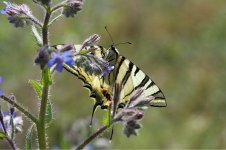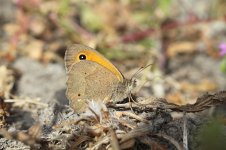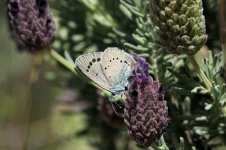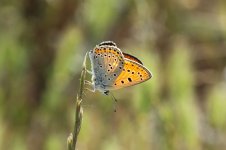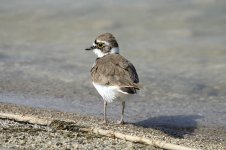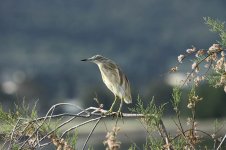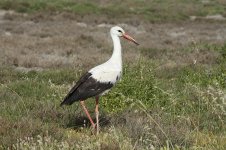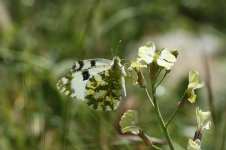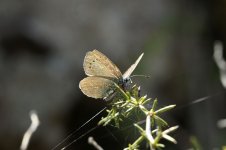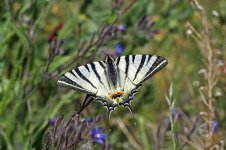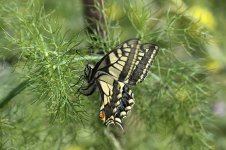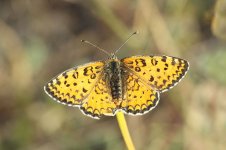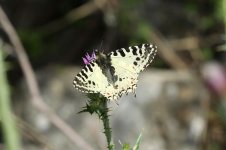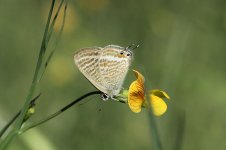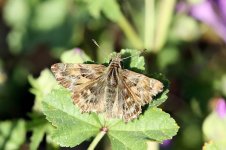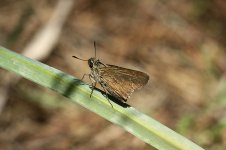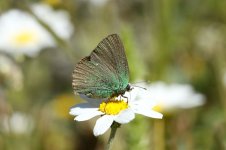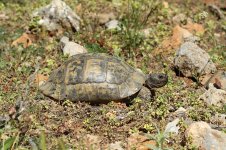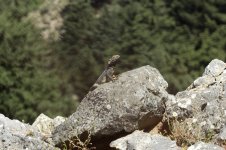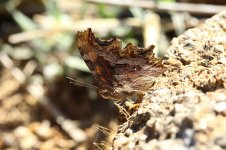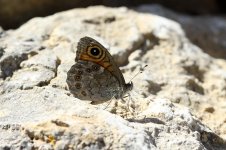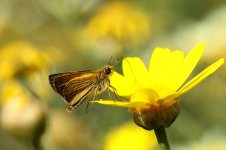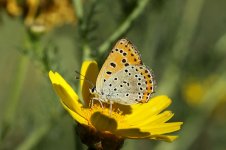
Travelling between 14-17 April 2016, this was a short trip to explore the southern Aegean island of Kos, with the principal goal being to find Eastern Festoon and any other spring butterflies on the wing.
Despite the short duration, it was a very successful trip, recording no less than 27 species of butterfly, along with 85 species of birds, Great Spotted Cuckoo, Collared Pratincole and Bonelli's Eagle amongst them.
INTRODUCTION
A total of almost 50 species of butterfly have been recorded on Kos, but I located very little information on which species were likely to be active in April and no information whatsoever on actual sites that might be productive on the island. Likewise, I also had no real idea whether Eastern Festoon, my main target for the trip, would be flying or not or indeed if it is actually regular on Kos.
Staying in the southern resort of Kardamena, I concentrated on the Alykes Salt Lake at Tigaki and the mountain areas around Pili, the former of these very productive for birds and the latter proving very good for butterflies. Additionally, I spent some time along the coastal plains adjacent to Kardamena and paid one visit to the Psalidi wetland in the east of the island.
It is hoped that this report will, at least in part, address the relative lack of information on butterlfies on this Greek island and thus assist anybody venturing this way. Provided below is a basic site guide, a daily log and a full systematic list of butterflies seen during the three days, plus also a list of the birds and reptiles too.
Despite the short duration, it was a very successful trip, recording no less than 27 species of butterfly, along with 85 species of birds, Great Spotted Cuckoo, Collared Pratincole and Bonelli's Eagle amongst them.
INTRODUCTION
A total of almost 50 species of butterfly have been recorded on Kos, but I located very little information on which species were likely to be active in April and no information whatsoever on actual sites that might be productive on the island. Likewise, I also had no real idea whether Eastern Festoon, my main target for the trip, would be flying or not or indeed if it is actually regular on Kos.
Staying in the southern resort of Kardamena, I concentrated on the Alykes Salt Lake at Tigaki and the mountain areas around Pili, the former of these very productive for birds and the latter proving very good for butterflies. Additionally, I spent some time along the coastal plains adjacent to Kardamena and paid one visit to the Psalidi wetland in the east of the island.
It is hoped that this report will, at least in part, address the relative lack of information on butterlfies on this Greek island and thus assist anybody venturing this way. Provided below is a basic site guide, a daily log and a full systematic list of butterflies seen during the three days, plus also a list of the birds and reptiles too.




